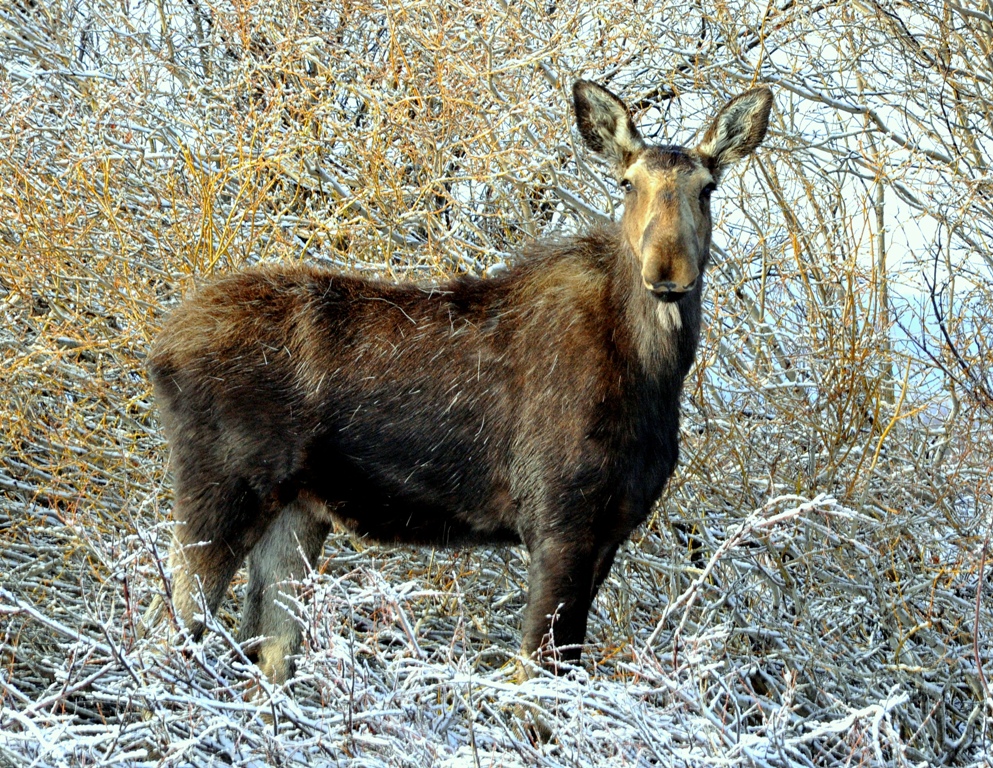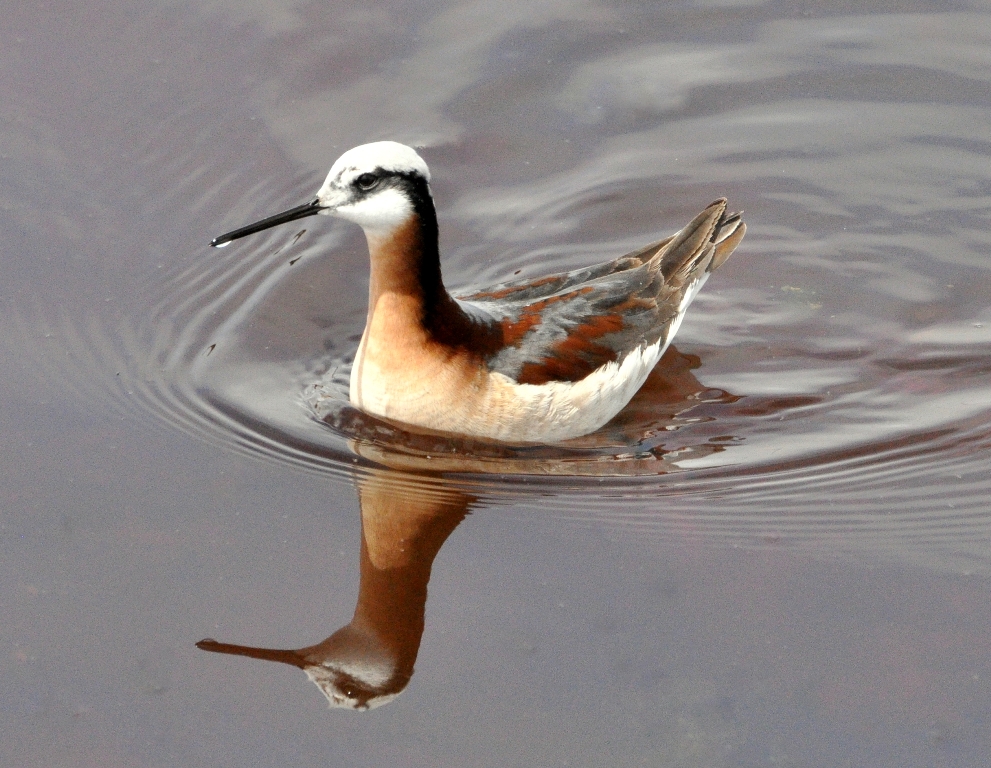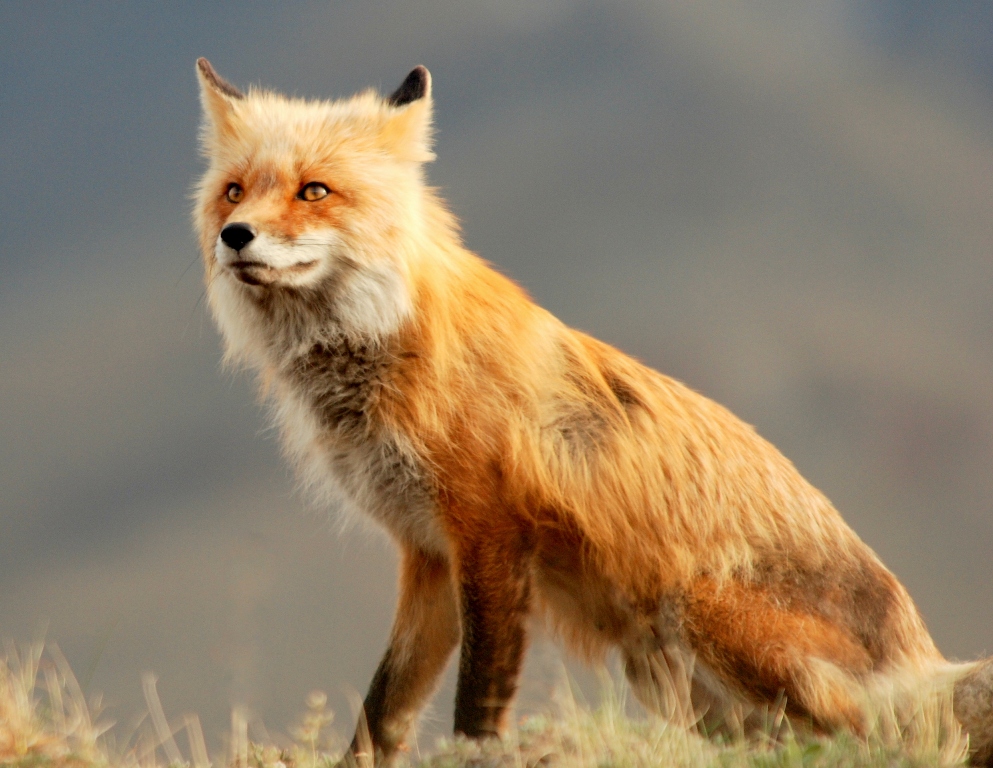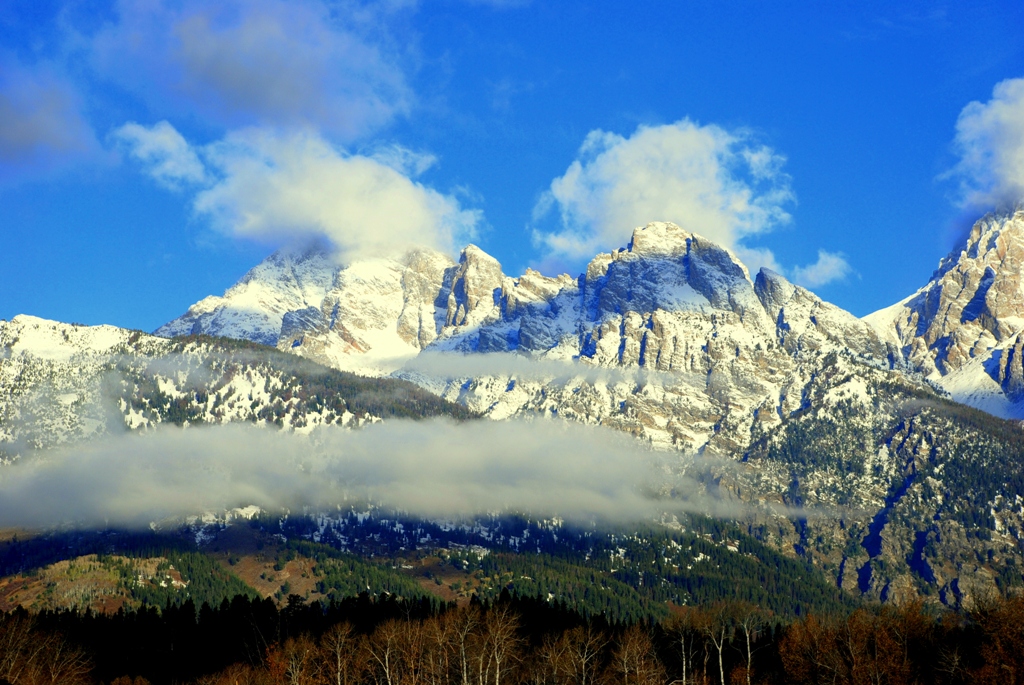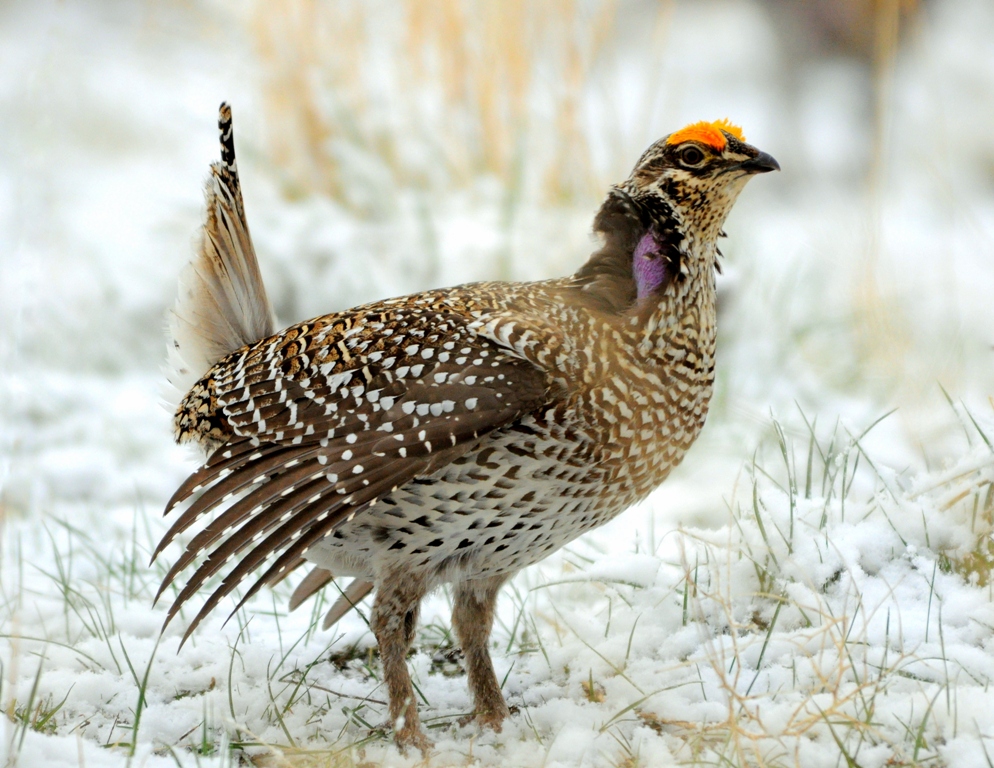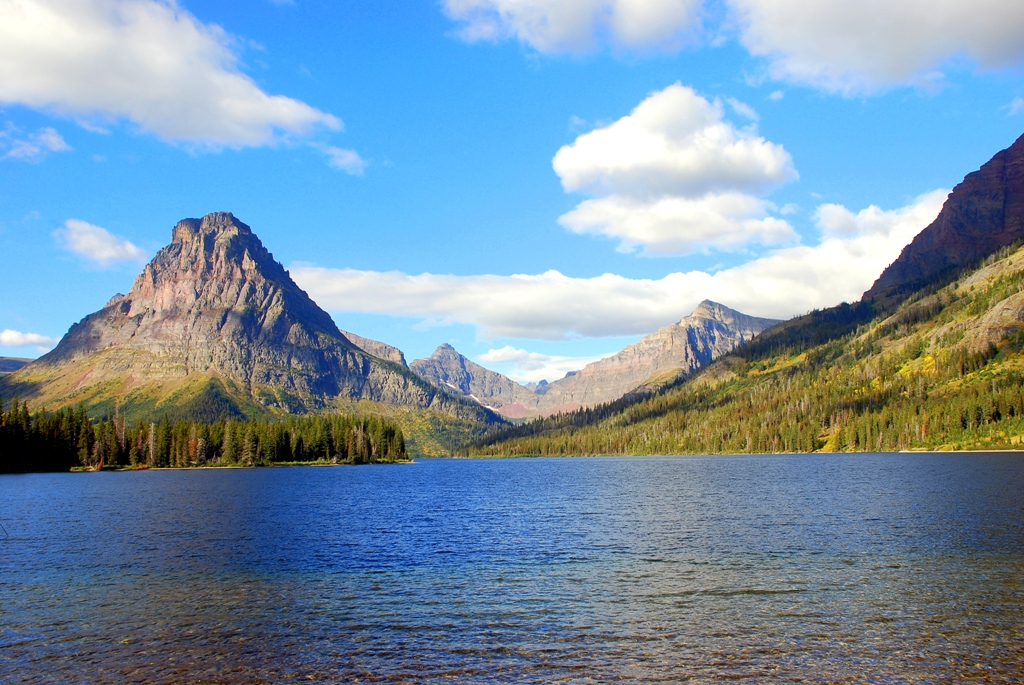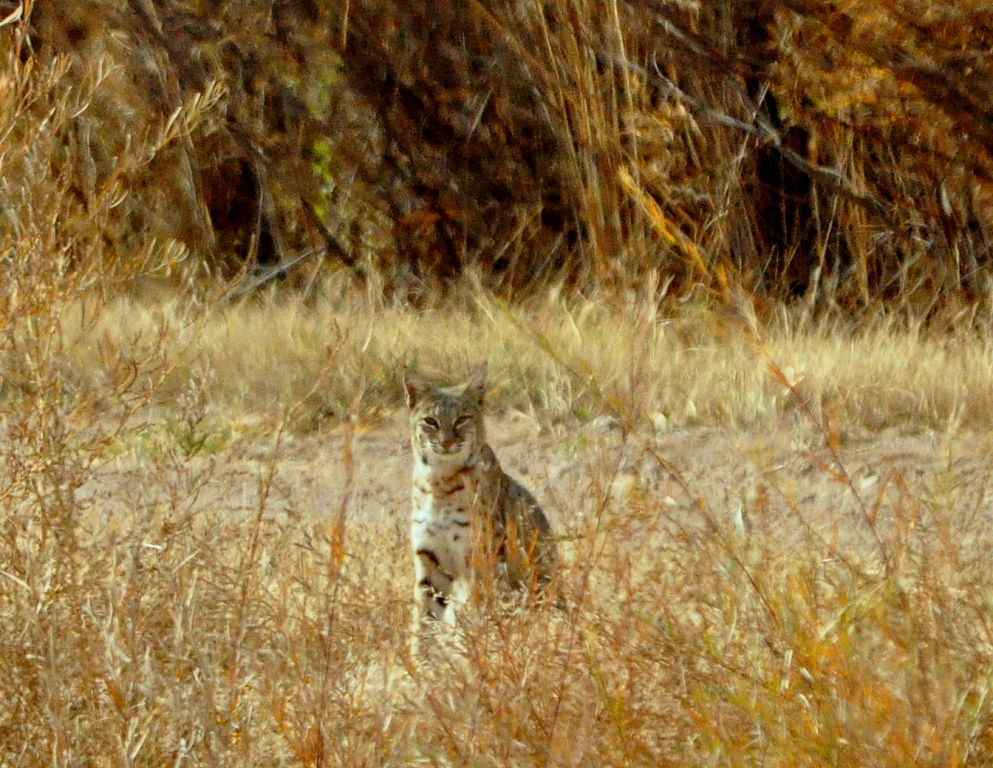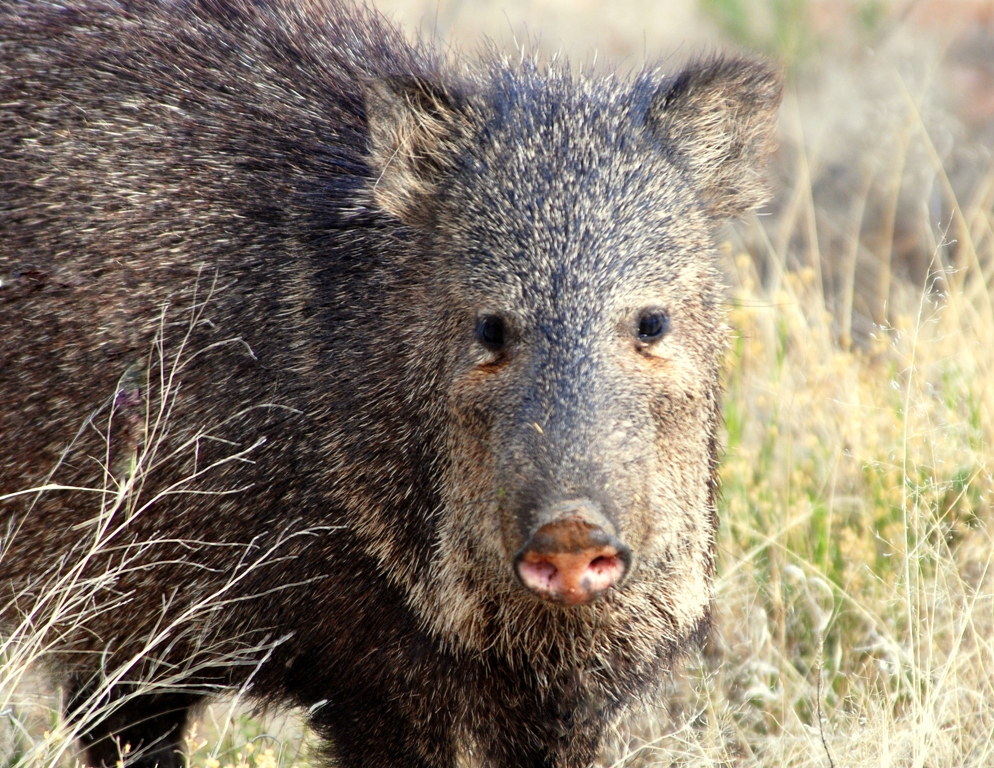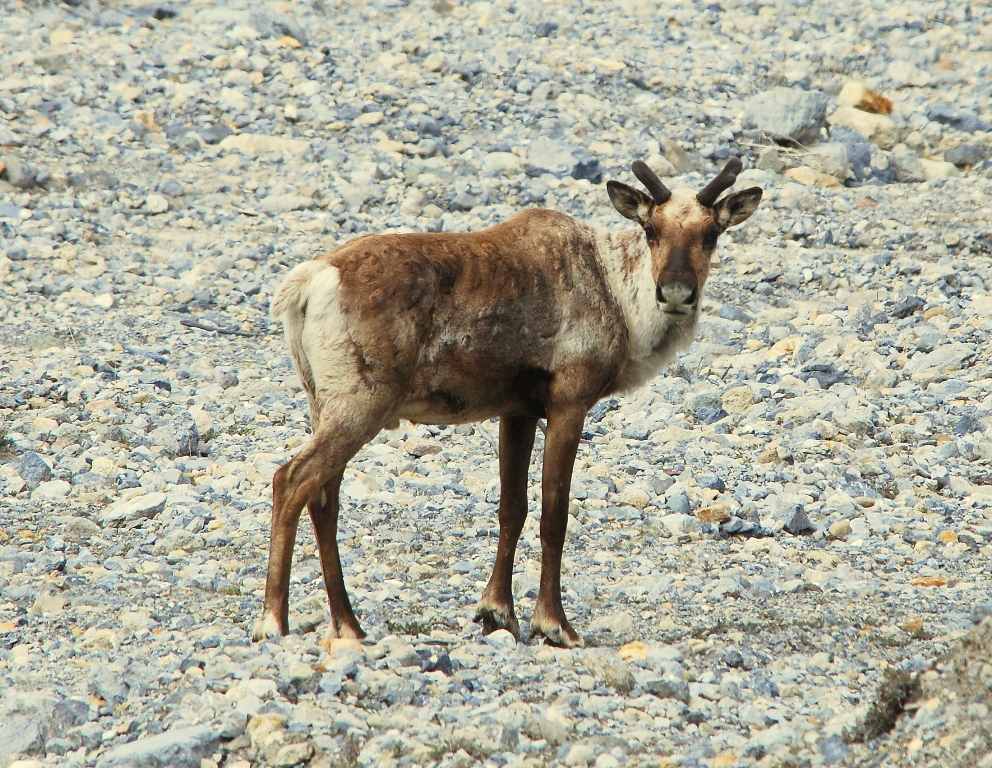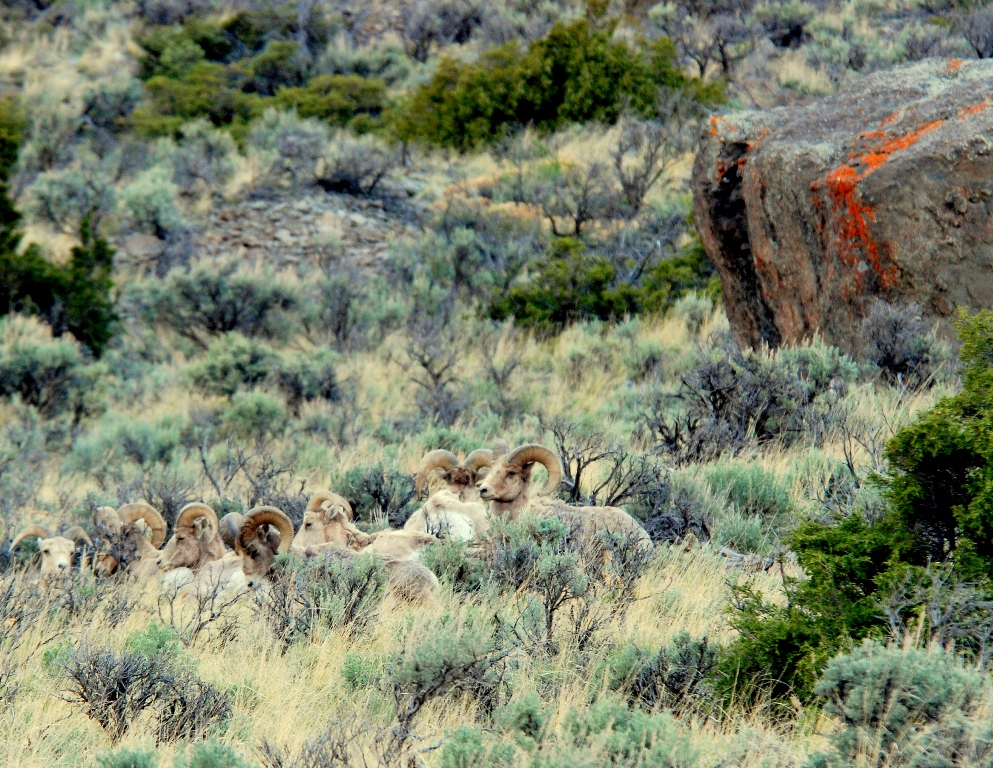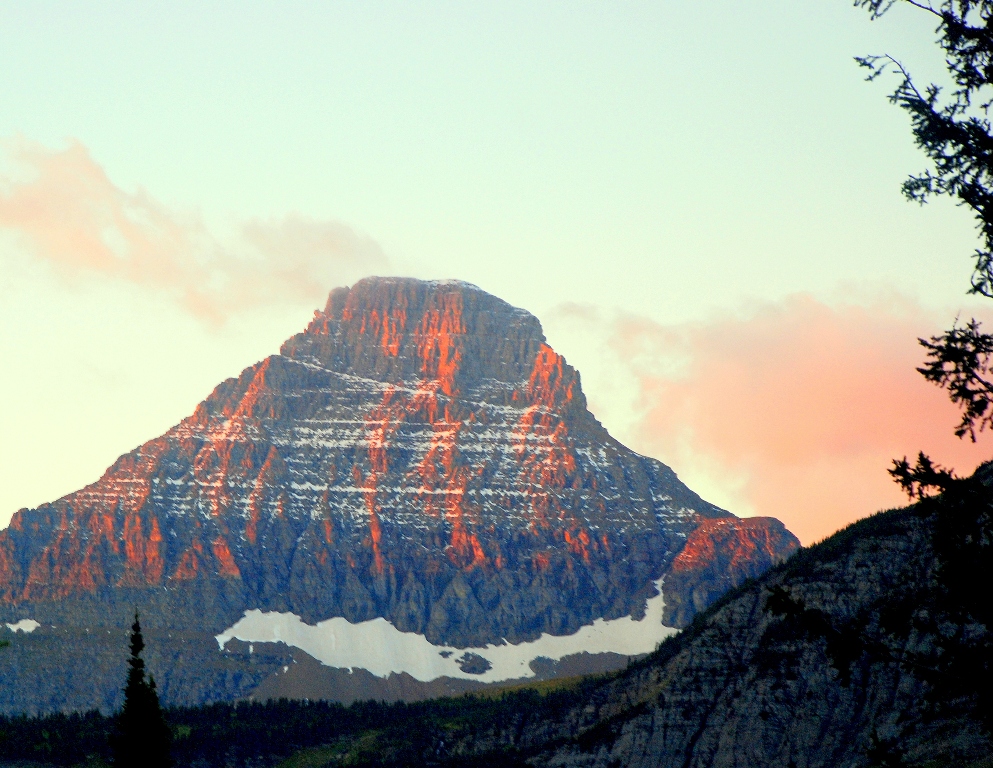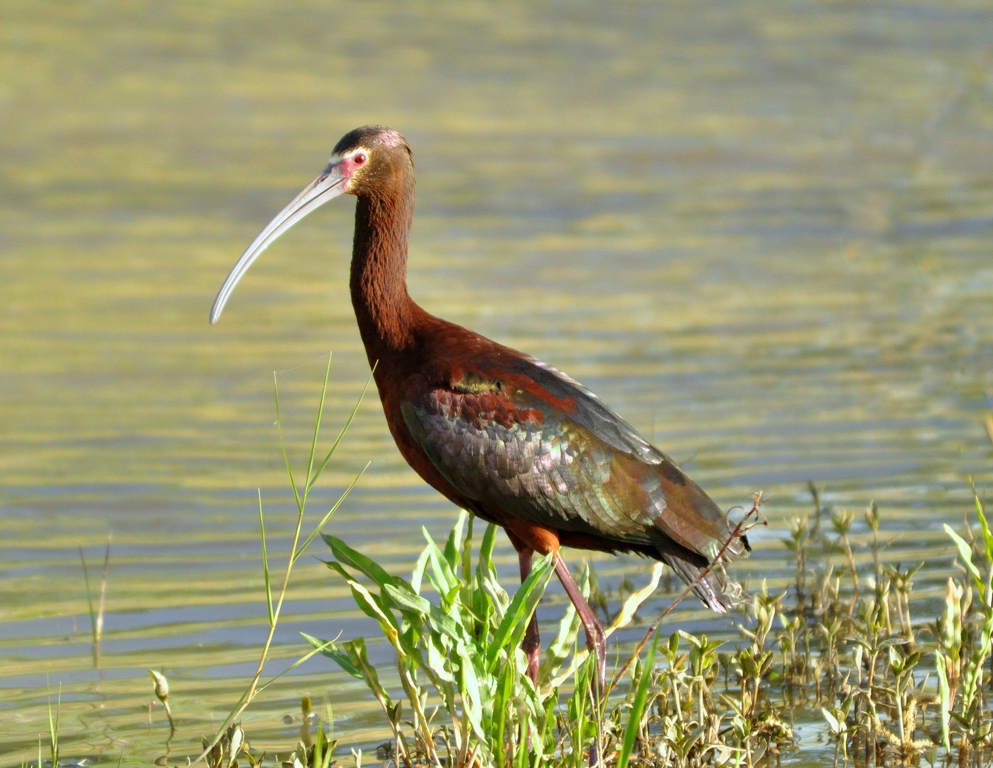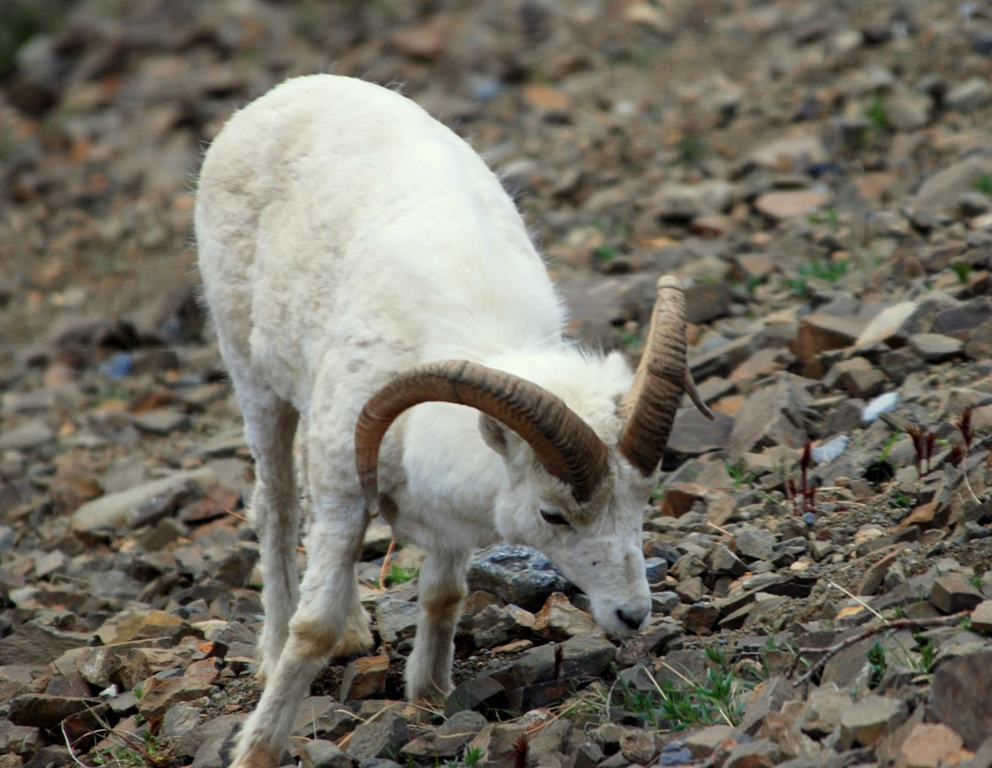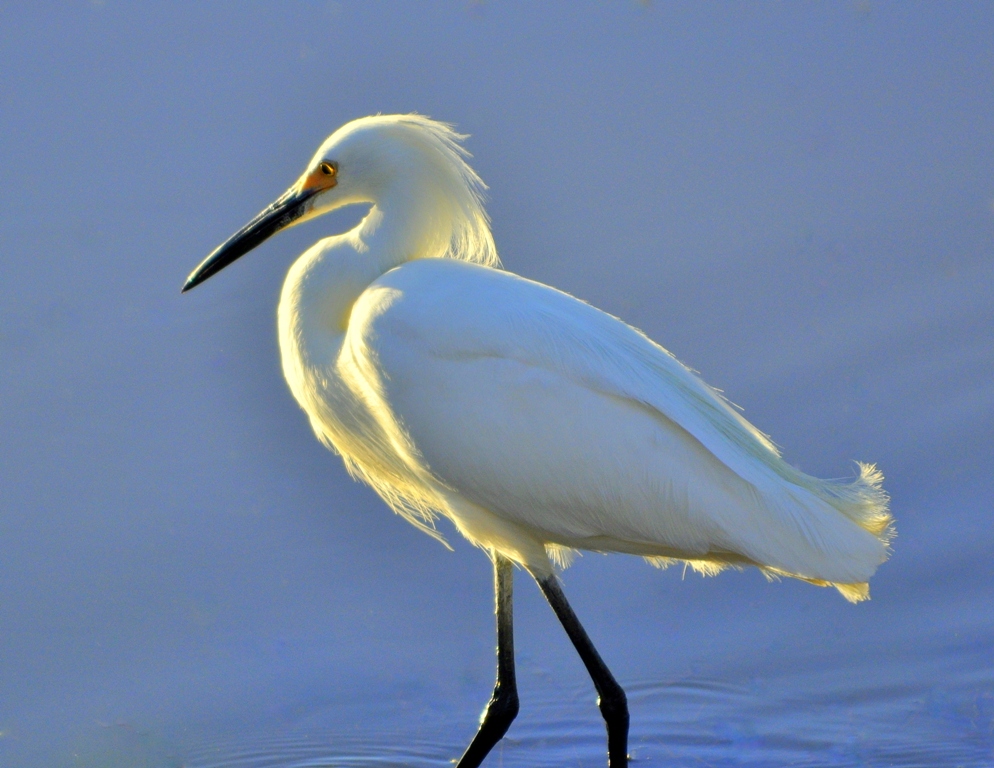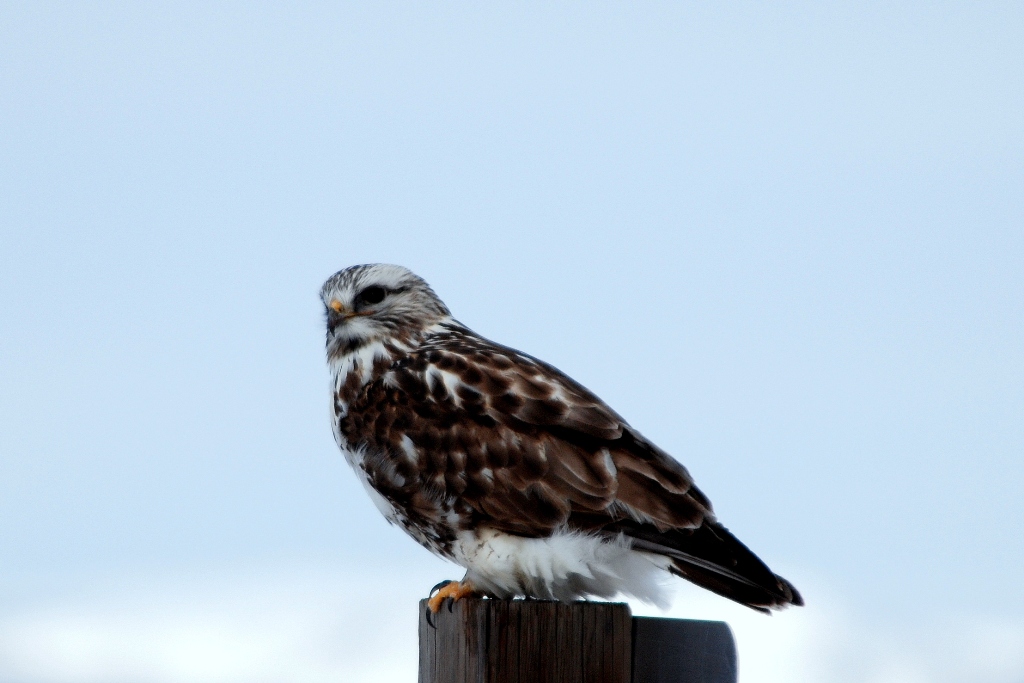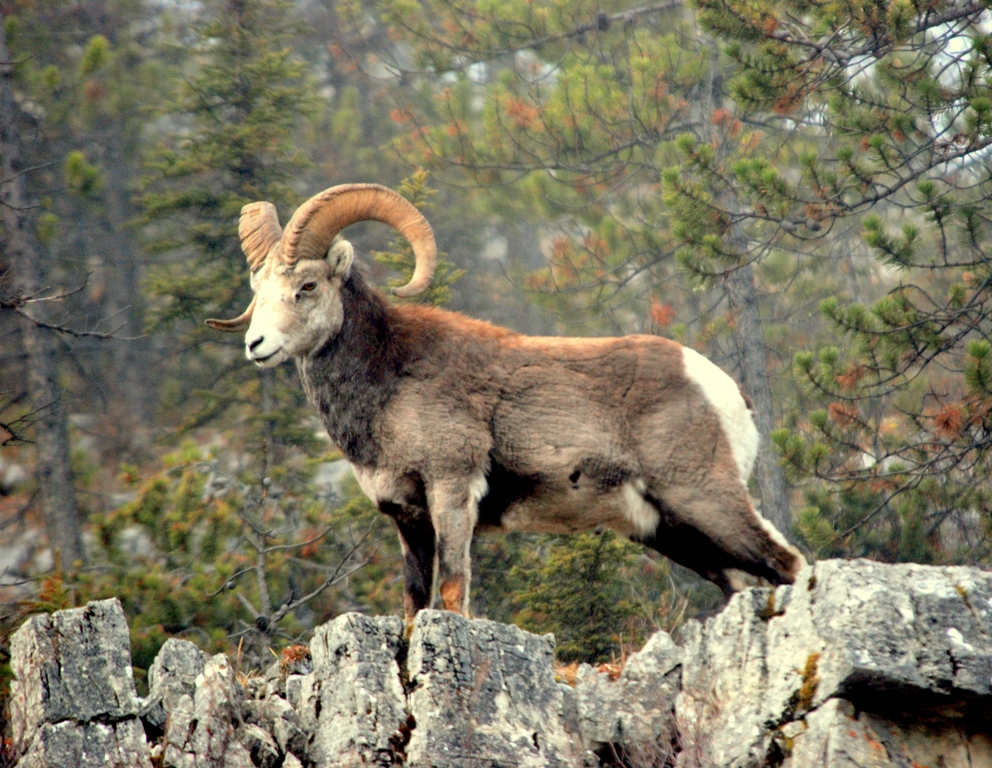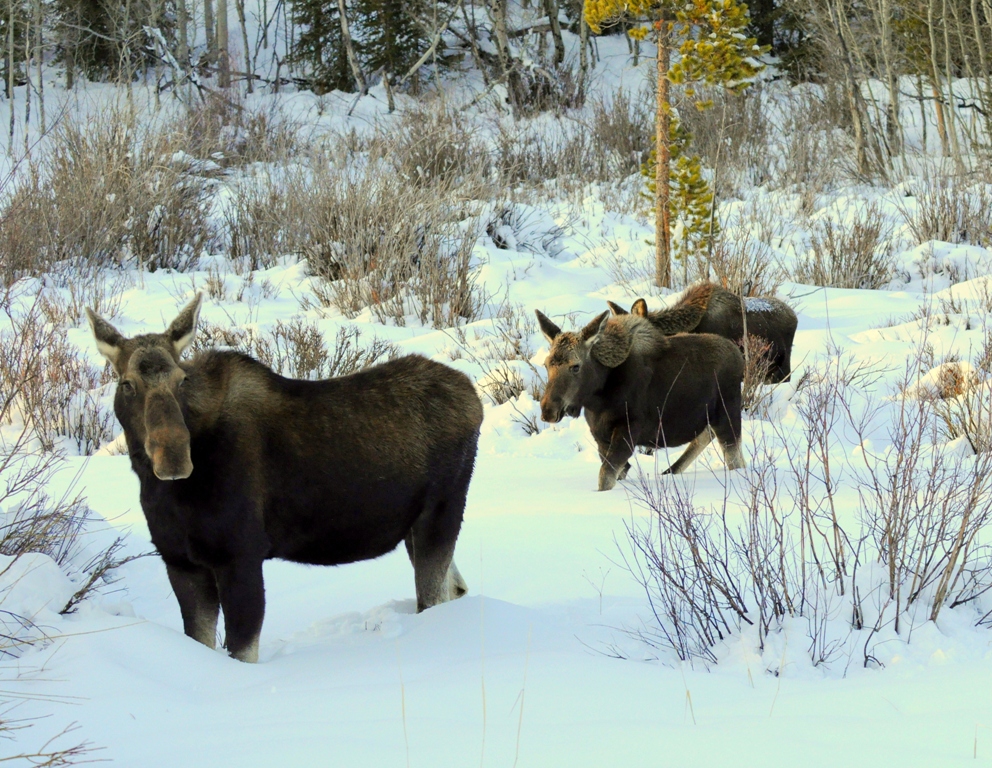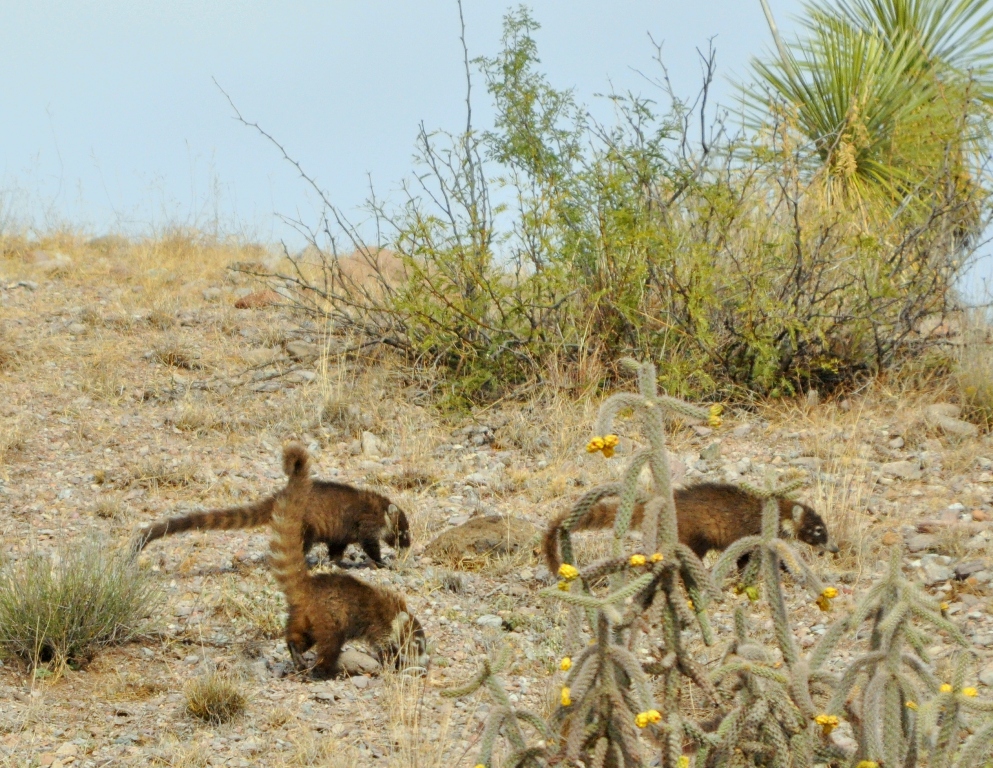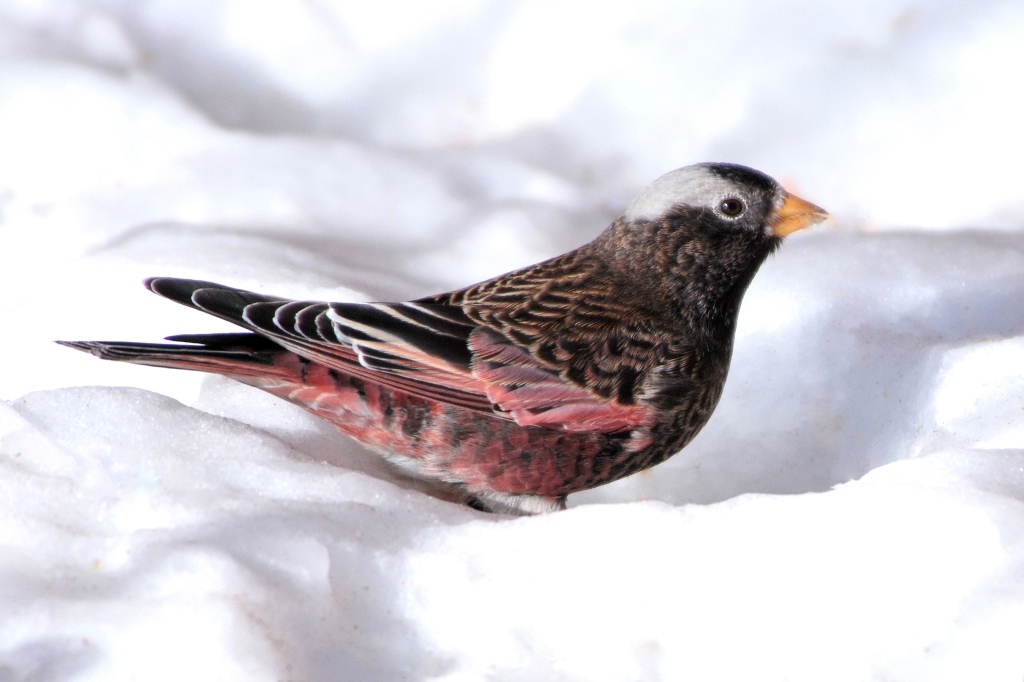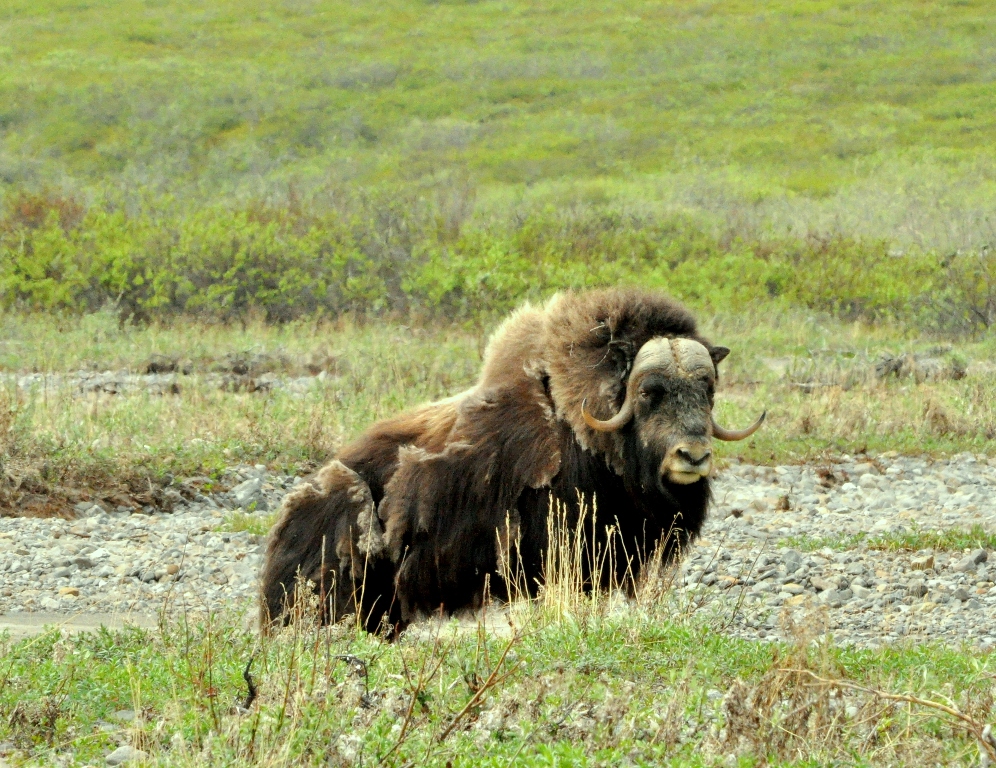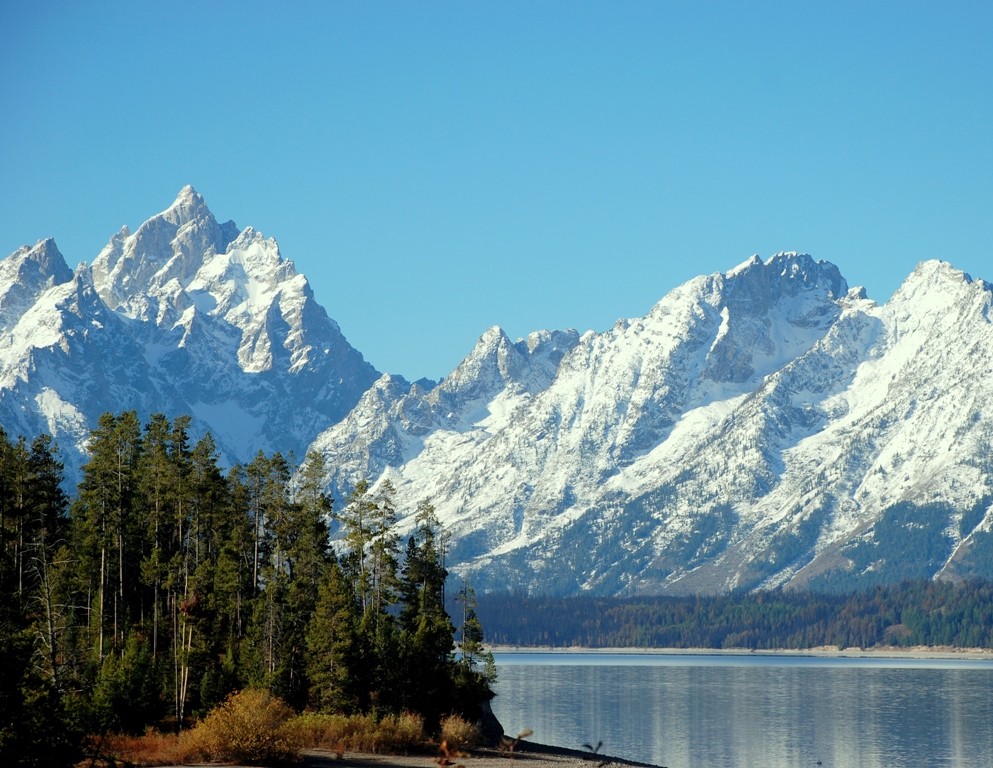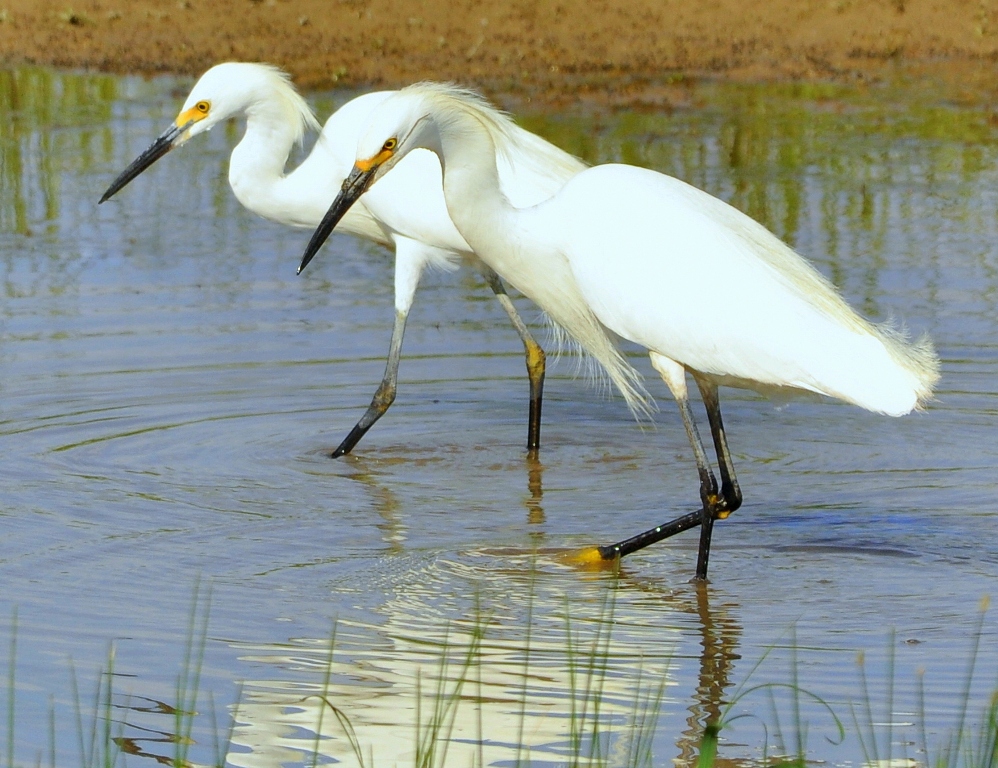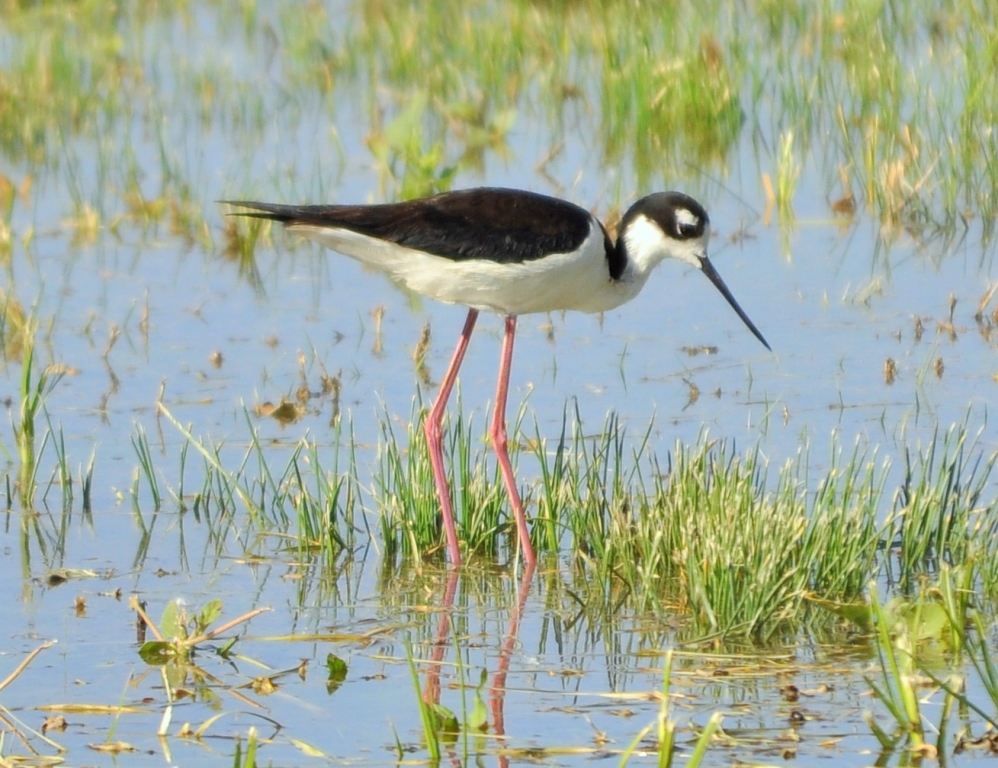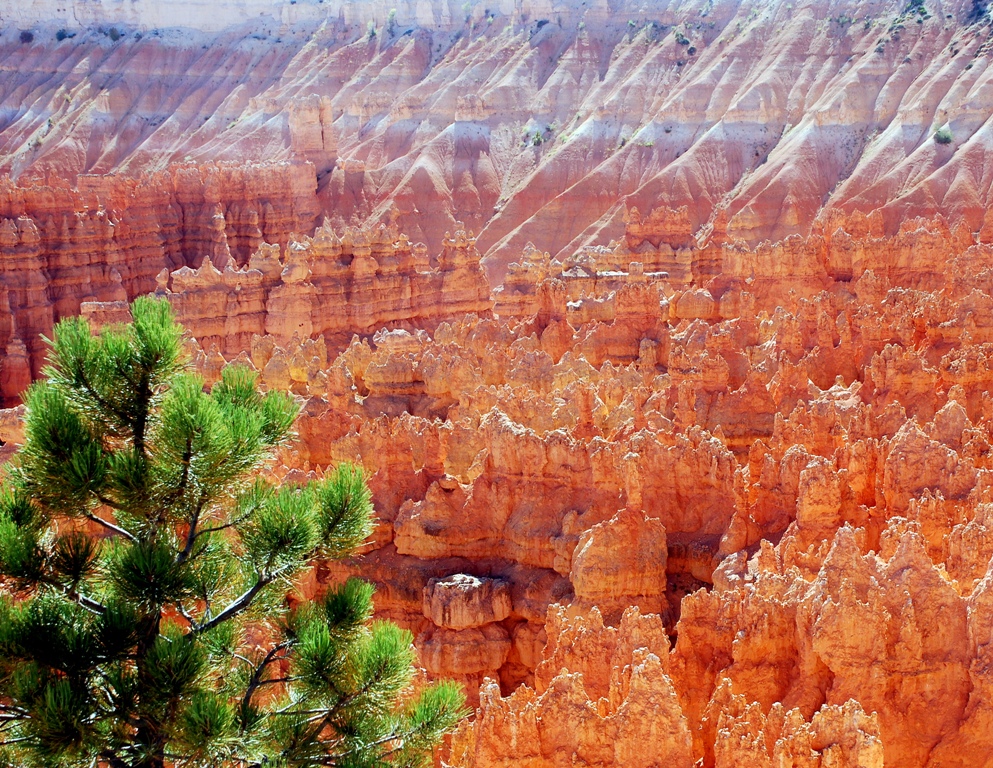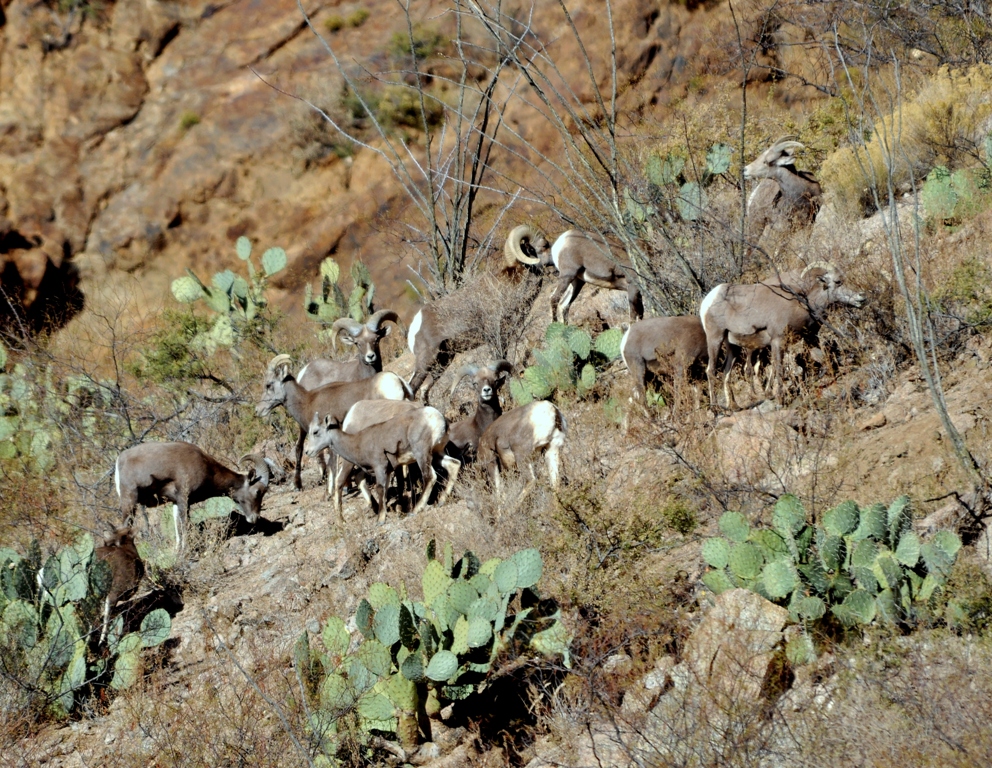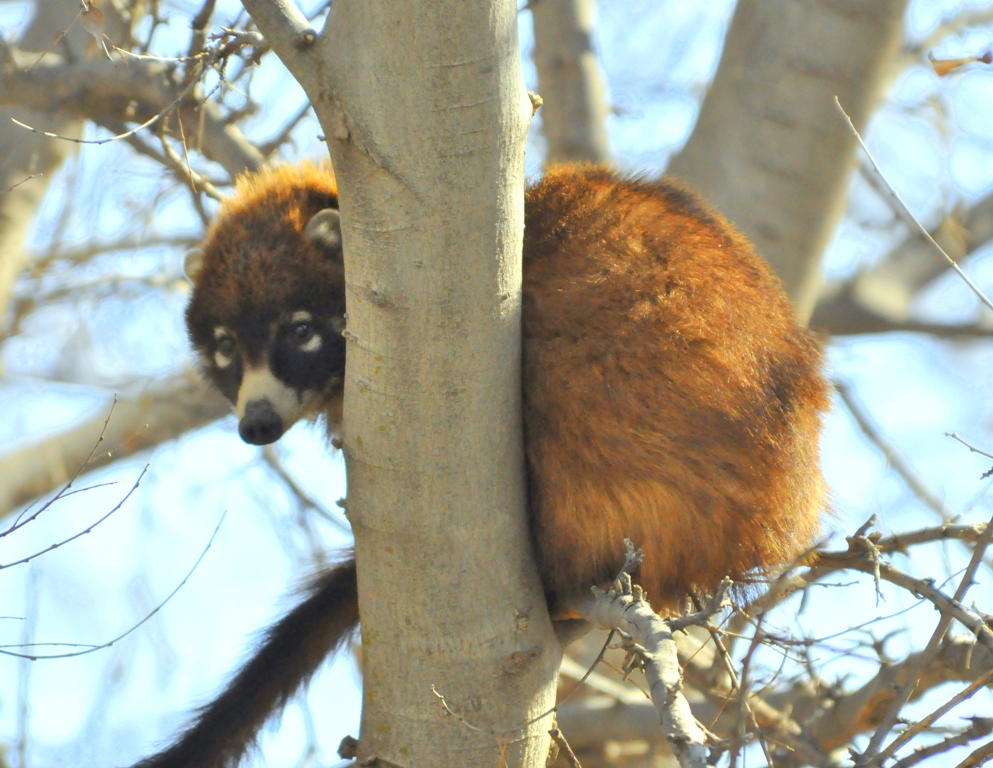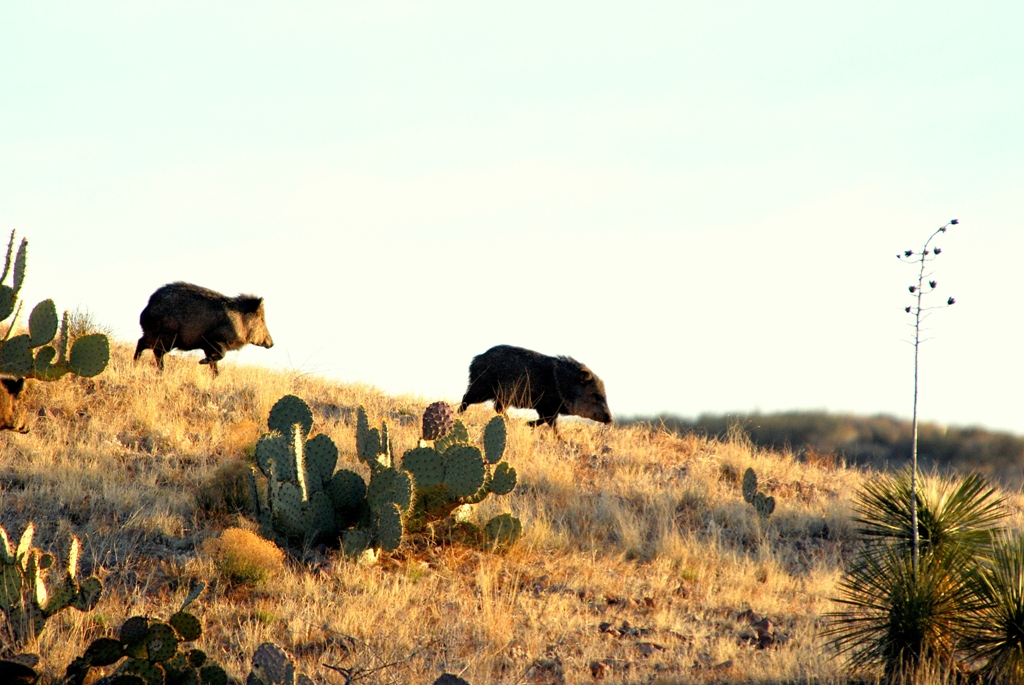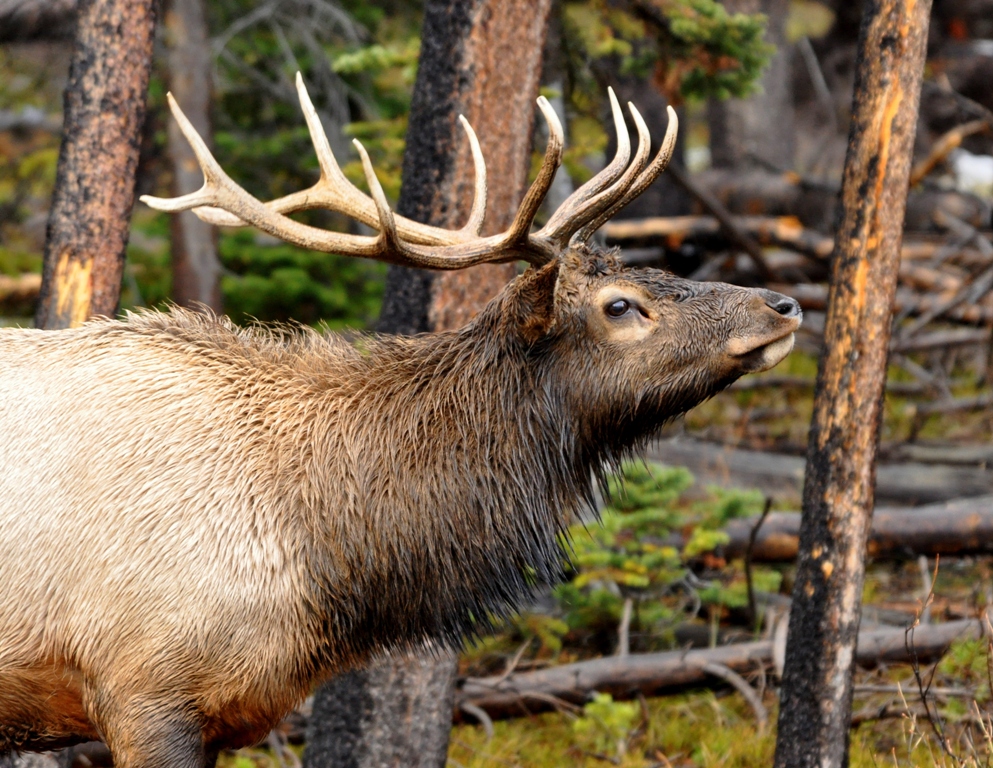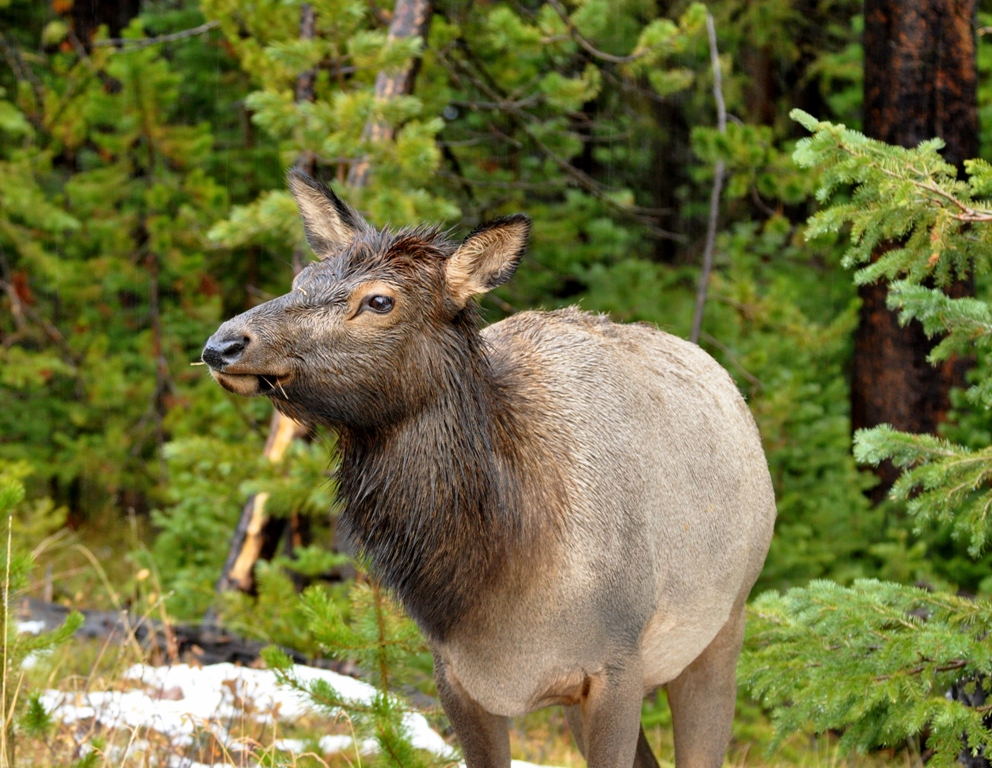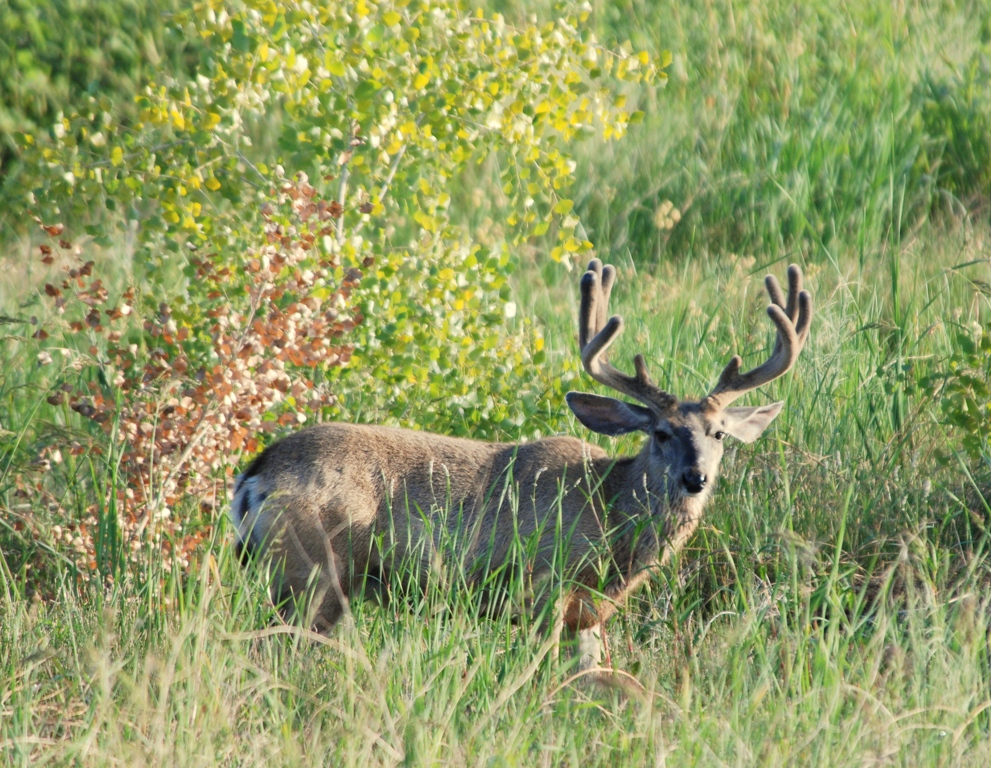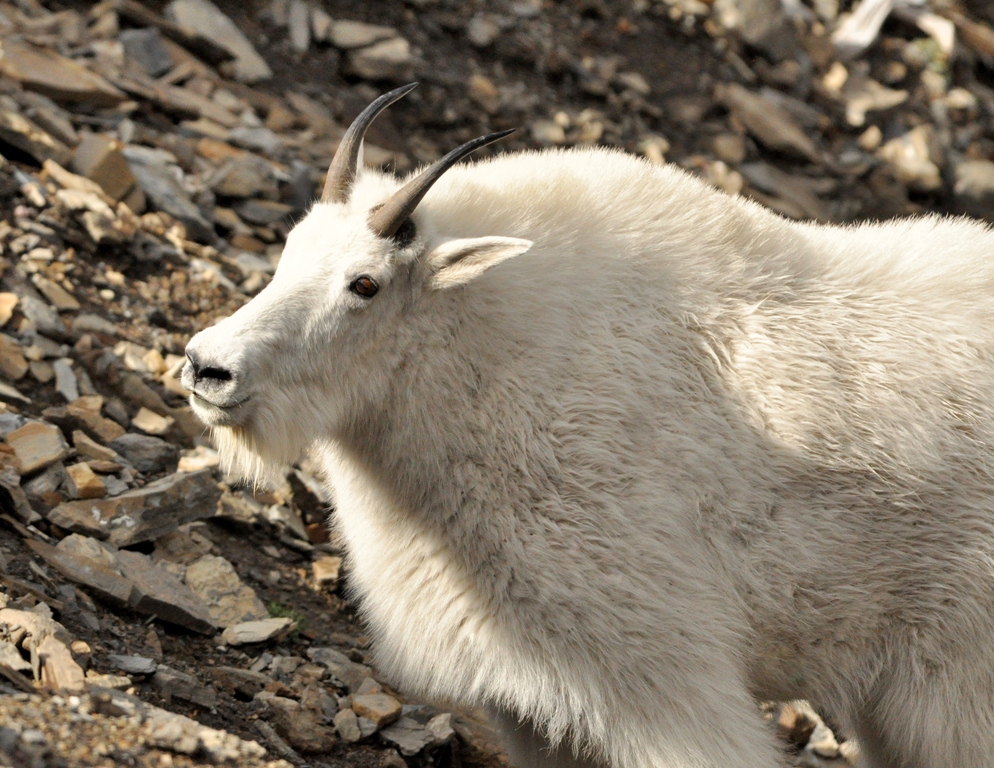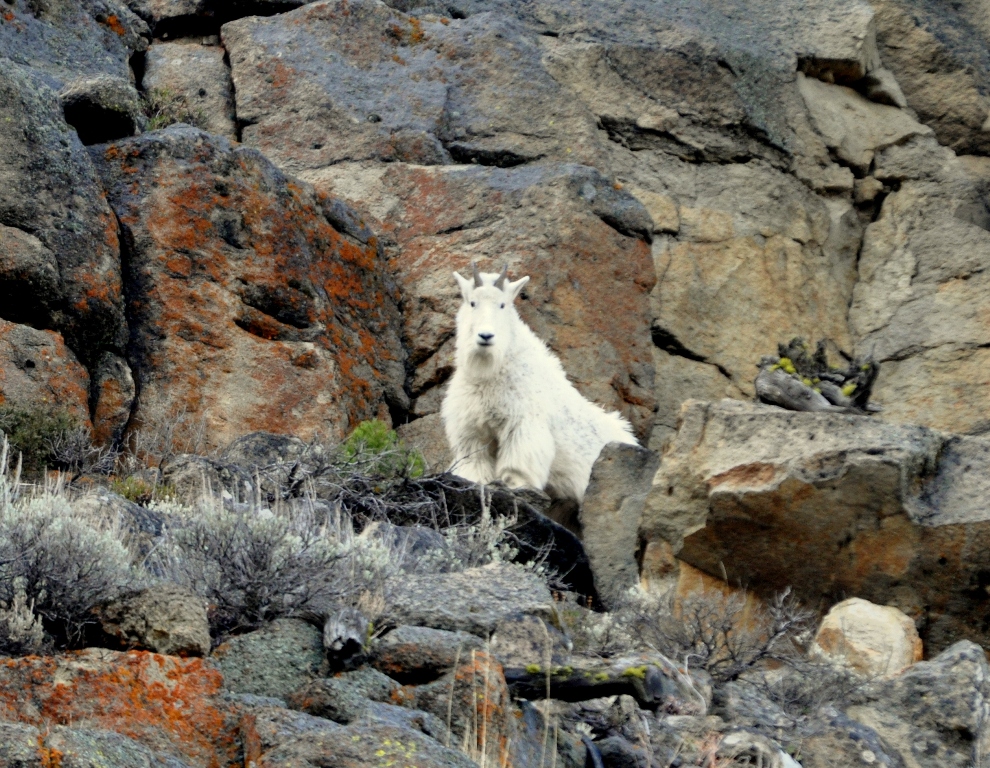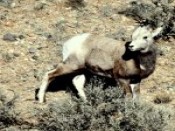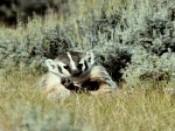Sharp-tailed Grouse – Male | Craig, Colorado | April, 2010
This bird is displaying on a lek in an attempt to attract a female. |MC21-0194
Read MoreCaribou – Immature Bull | Fort Nelson, British Columbia | June, 2009
This young bull is a Woodland Caribou. They live a little further south than their Barren-ground Caribou relatives. |MC8-0443
Read MoreJavelina | Lordsburg, New Mexico | March, 2009
Javelinas are a lot of fun to try to photograph up close. Due to their poor eyesight, if you carefully move into position in front of a group that is feeding, they will often move right past you and never know you are there. More often than not, the wind will carry your scent to them and they will scatter in all directions. | |MC2-0485
Read MoreCaribou – Immature Bull | Muncho Lake, British Columbia | May, 2009
This young bull is a Woodland Caribou. |MC5-0473
Read MoreMoose – Bull | Seward, Alaska | June, 2009
If you look close you can see an excellent example of moose drool. |MC7-0154
Read MoreBarbary Sheep | Lincoln, New Mexico | February, 2011
Barbary Sheep are not native to New Mexico. They were transplanted into New Mexico from North Africa 45 or 50 years ago. |MC32-0271
Read MoreGrizzly Bear | Glacier National Park | September, 2010
This Grizzly Bear was eating huckleberrys off of the bushes it is standing in. Huckleberrys are one of their favorite fall treats. |MC26-0094
Read MorePied-billed Grebe | Bosque del Apache | April, 2011
These grebes are named for the black band around their bill, which is only present when they are in breeding plumage in the spring and summer. |MC35-0287
Read MoreWild Turkey – Male | Carlsbad, New Mexico | April, 2011
This wild turkey is an adult gobbler of the Rio Grande subspecies. Most of the wild turkeys in New Mexico are Meriam’s subspecies, but we do have some Rio Grande’s and a very small number of the Gould’s subspecies. |MC35-0173
Read MoreMusk Ox | Atigun Pass, Alaska | June, 2011
Contrary to their name and appearance, Musk Ox have no true musk gland and are not oxen. Musk Ox are more closely related to sheep and goats and are in their own genus, Ovibos, which is Latin for sheep ox. The males do emit a musty cologne during the mating season. |MC43-0150
Read MoreSpectacled Eider – Male | Deadhorse, Alaska | June, 2011
This picture was taken on a snowy and very windy morning that was far from ideal for photography. It is still one of my favorite pictures of these truly amazing ducks which are experiencing a sharp decline in Alaska and are listed as Threatened under the Endangered Species Act. |MC44-0230
Read MoreMoose – Bull | Walden, Colorado | September, 2010
This bull has a very long dewlap and his right horn was apparently injured when it was growing. |MC25-0255
Read MoreBlack Bear | Southfork, Colorado | July, 2009
This is about as light a colored Black Bear as we have ever seen. |MC10-0307
Read MoreCaribou – Bull | Fort Nelson, British Columbia | June, 2009
This is a Woodland Caribou bull. |MC8-043
Read MoreJavelinas | Lordsburg, New Mexico | March, 2009
Javelinas have, for centuries, been slowly moving north from their South American rainforest home, where they still live. They moved through Mexico and into Texas, Arizona, and New Mexico as recently as 150 years ago. In New Mexico they continue to move slowly north and have now reached Bosque del Apache, which is only 90 miles south of Albuquerque. How much farther north they can move will be determined by how well they adapt to the increasingly colder winters. ||MC2-0299
Read MoreElk | Walden, Colorado | January, 2011
As the winter snows pile up in the surronding mountains the Elk are forced to move into these open valleys and join into large herds to make it through the winter. |MC30-0142
Read MoreMule Deer – Bucks | Bosque del Apache | January, 2010
The deer in the background has broken off one of his horns fighting with other bucks to establish who is dominant. He does not appear too comfortable with the buck walking past him. |MC17-0229
Read More

